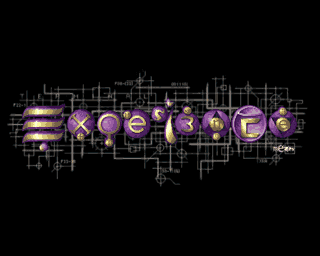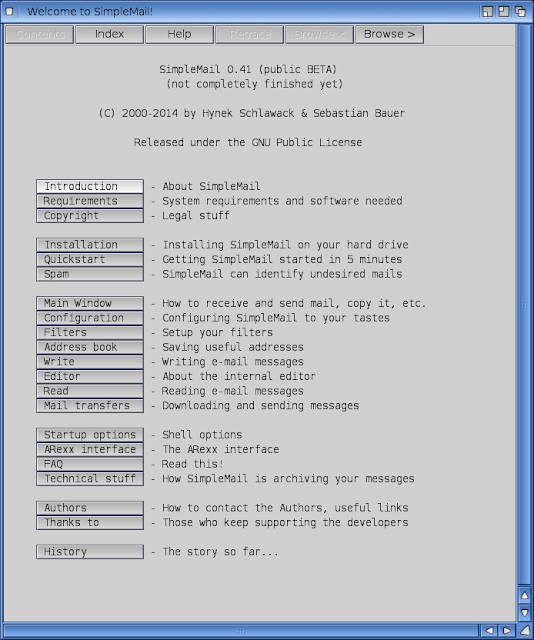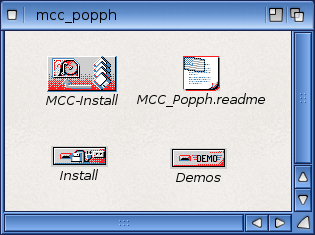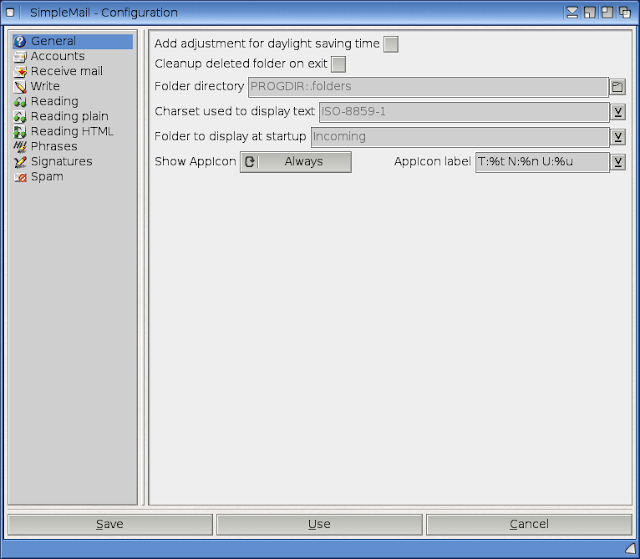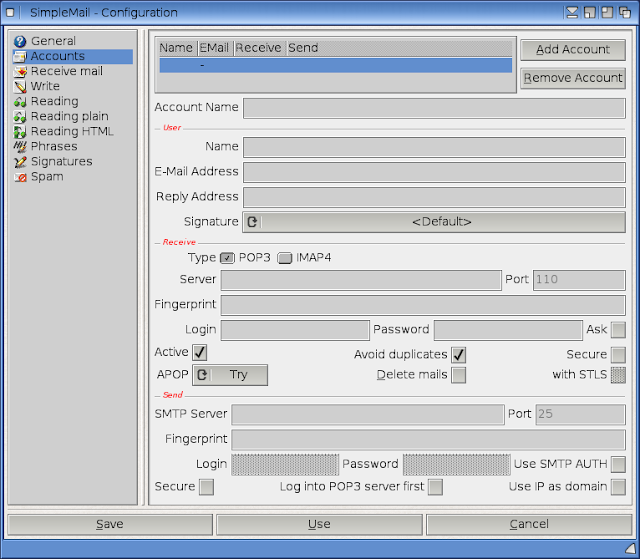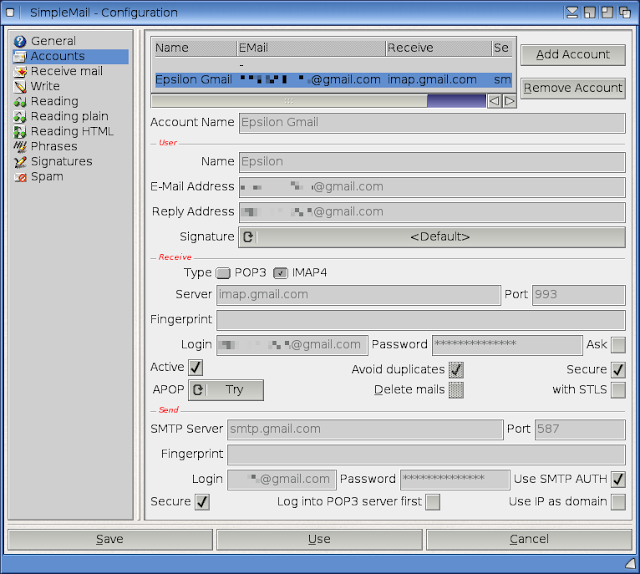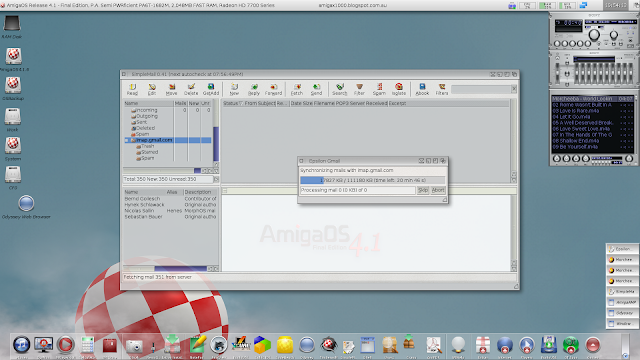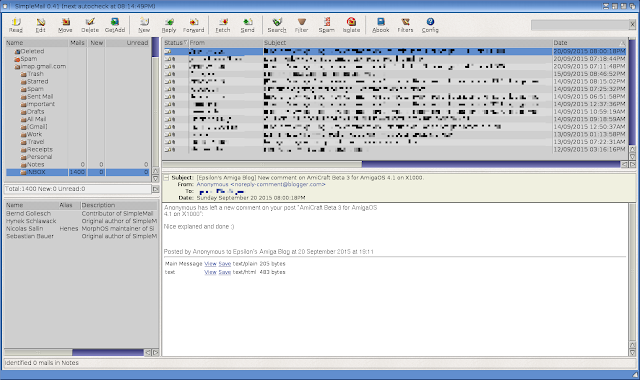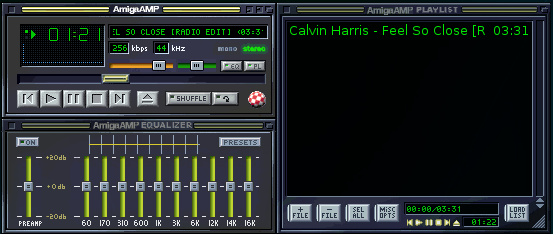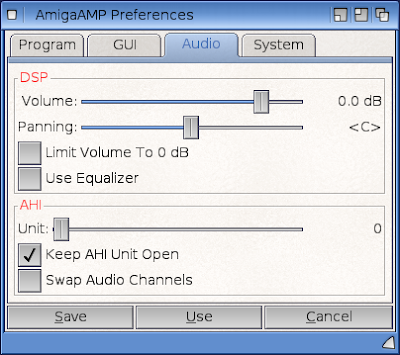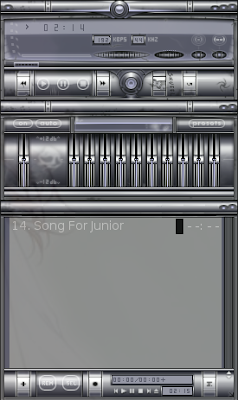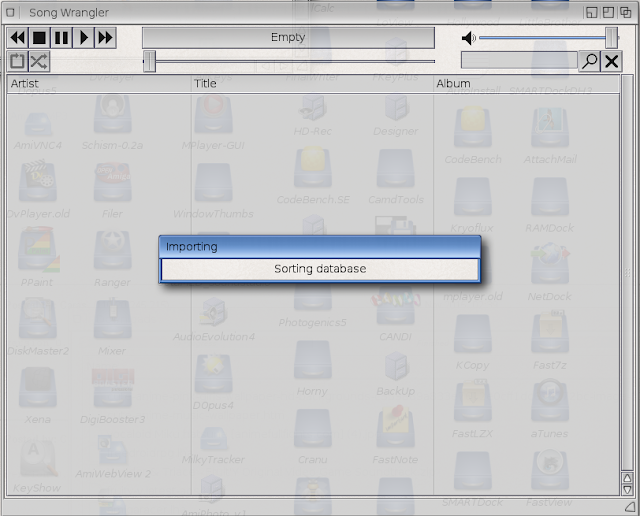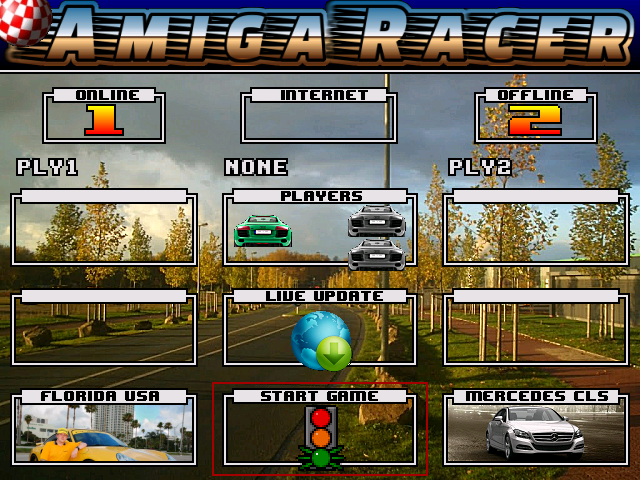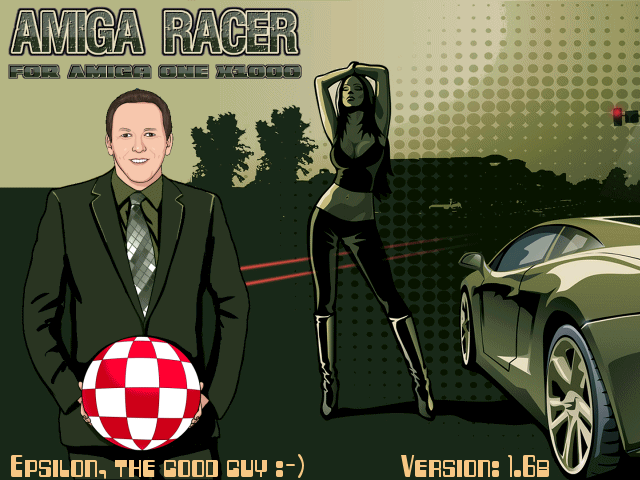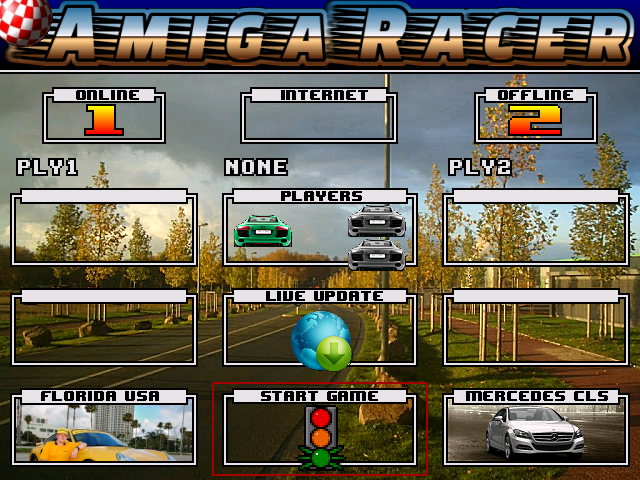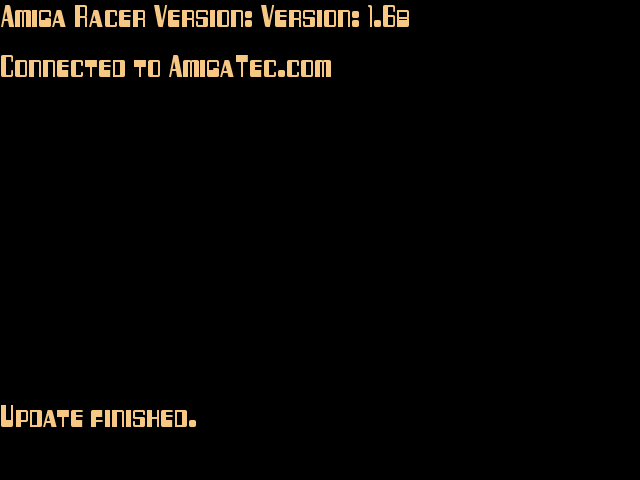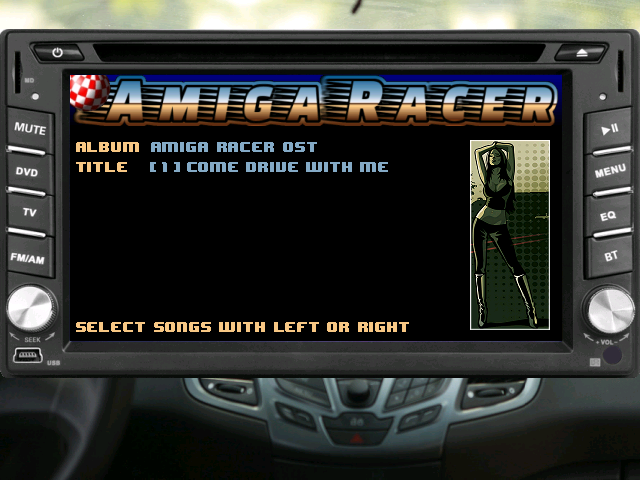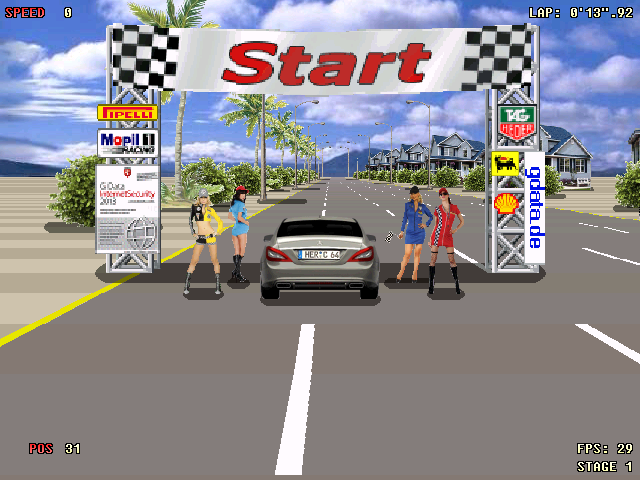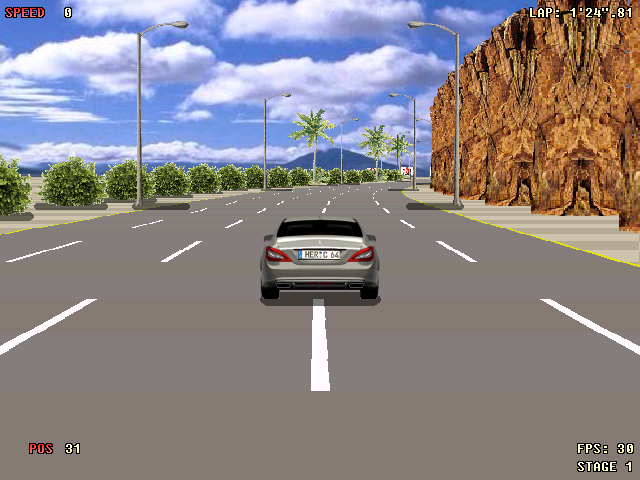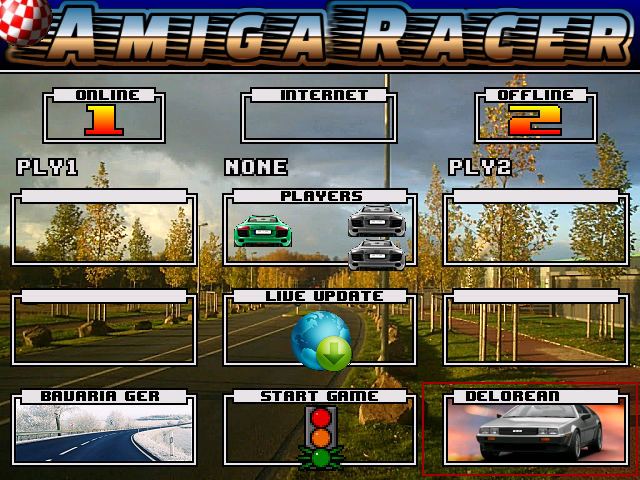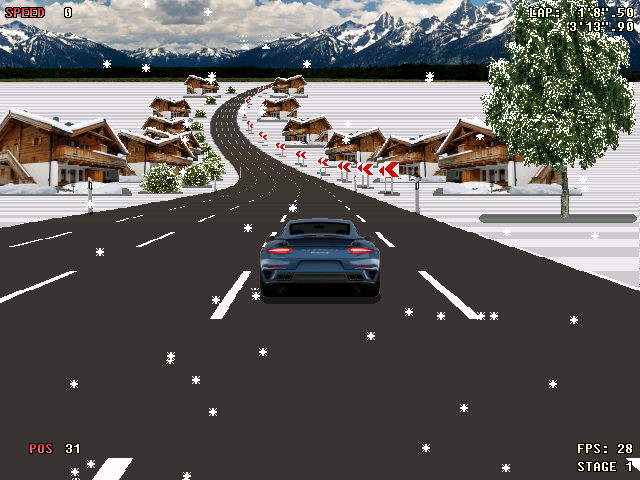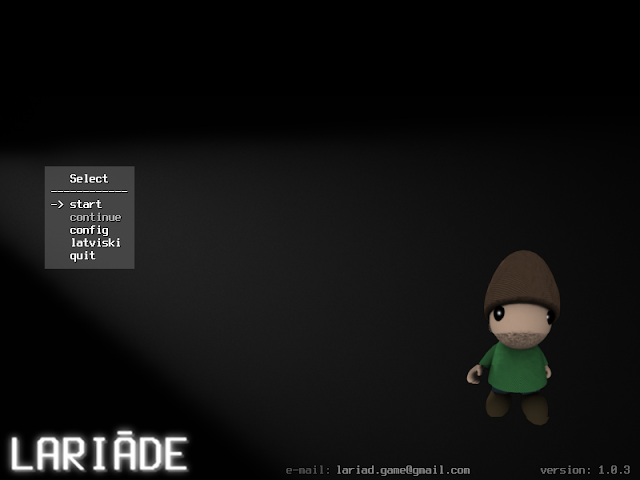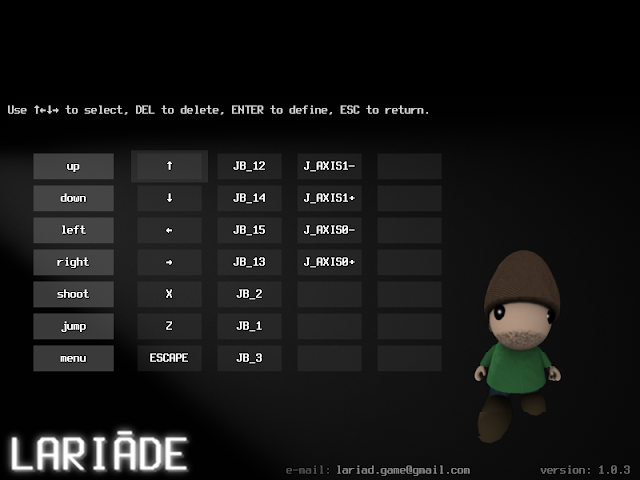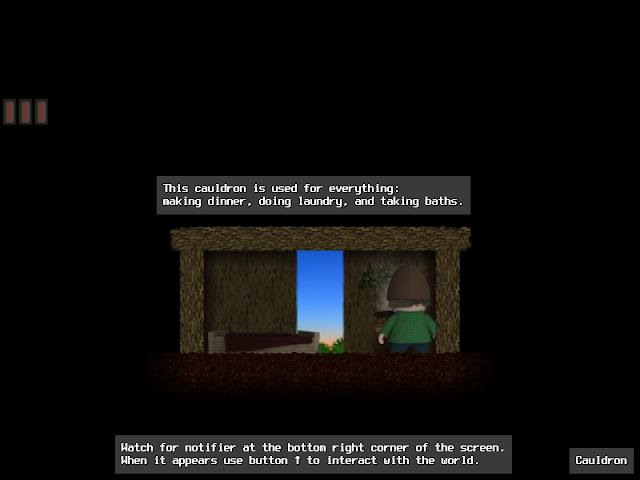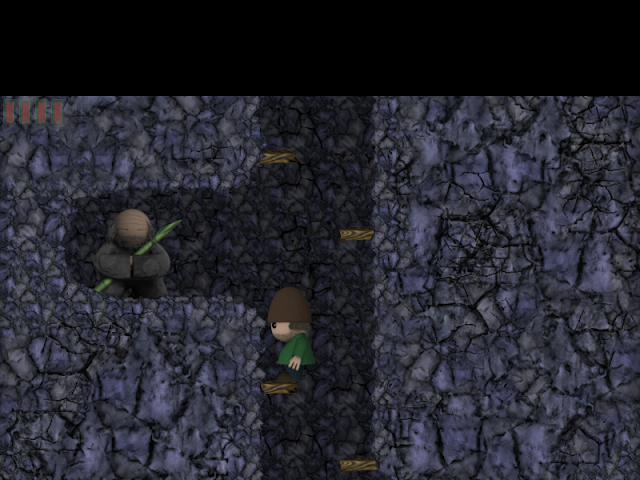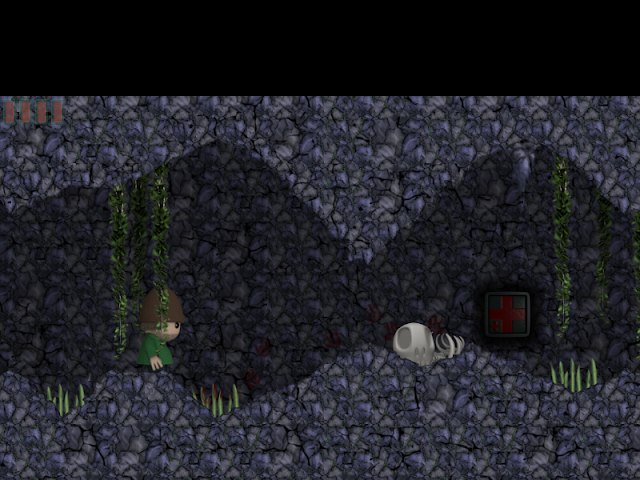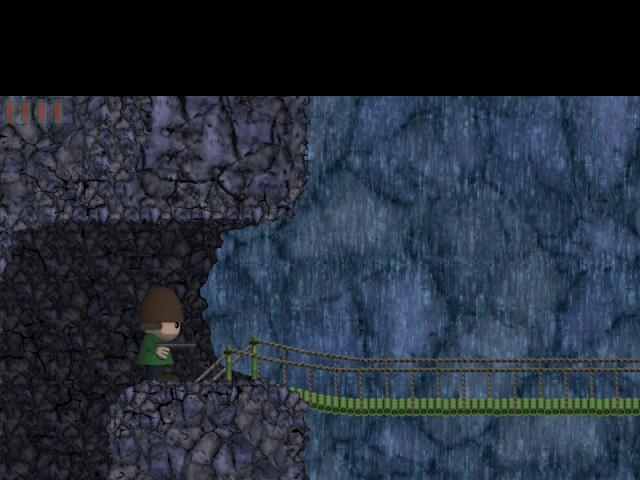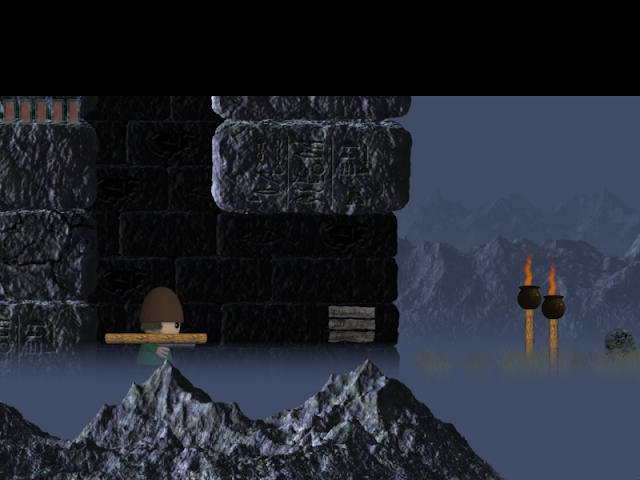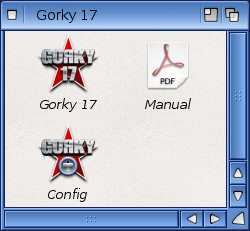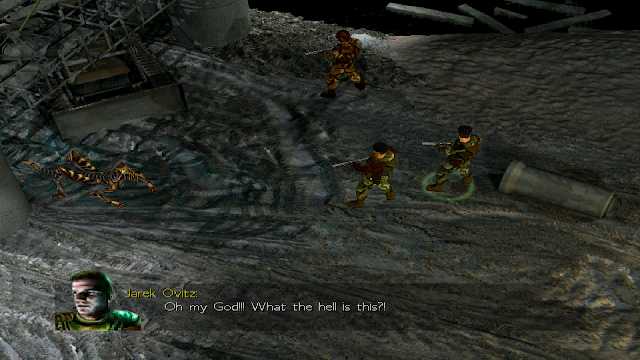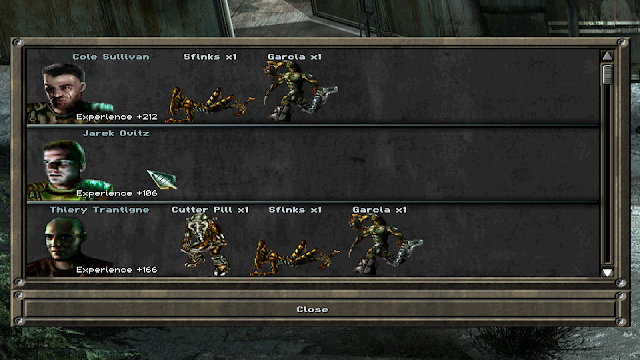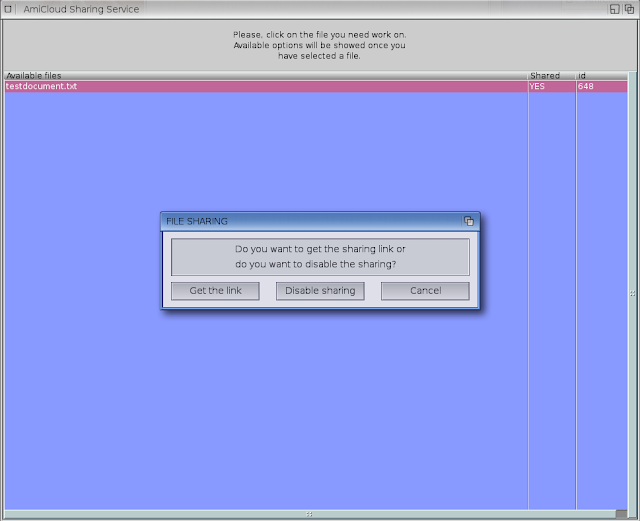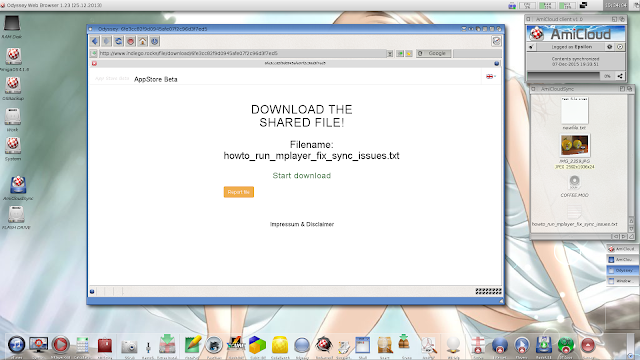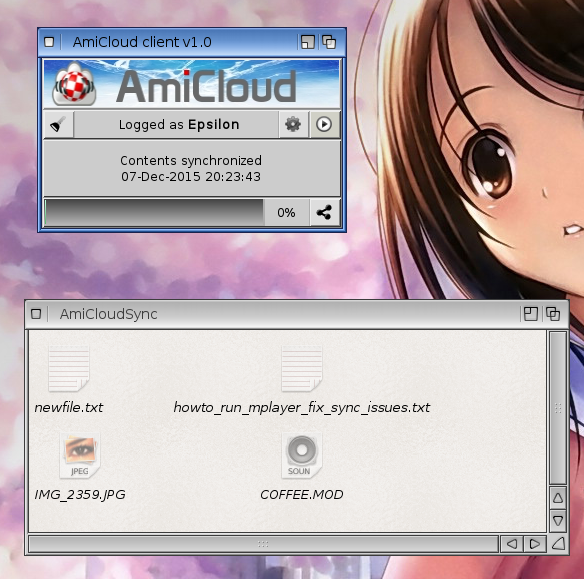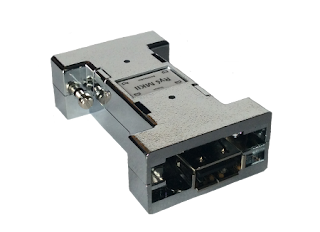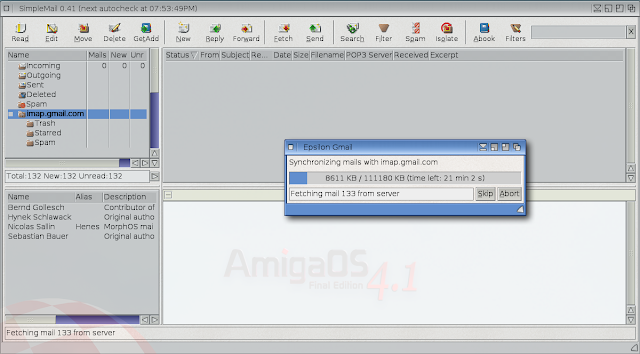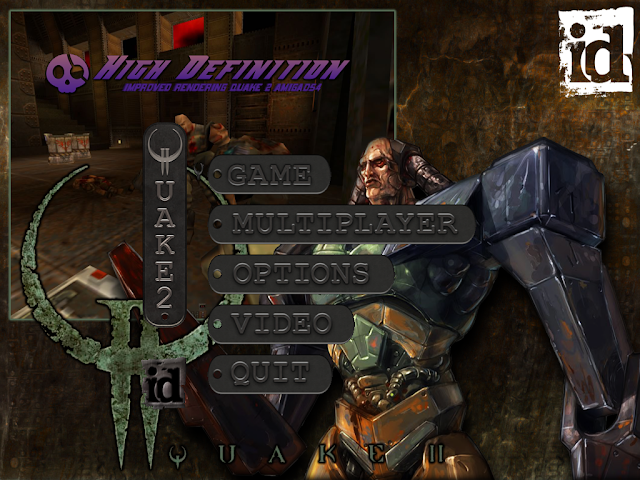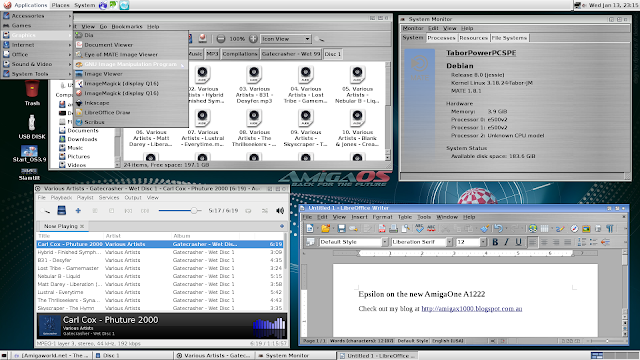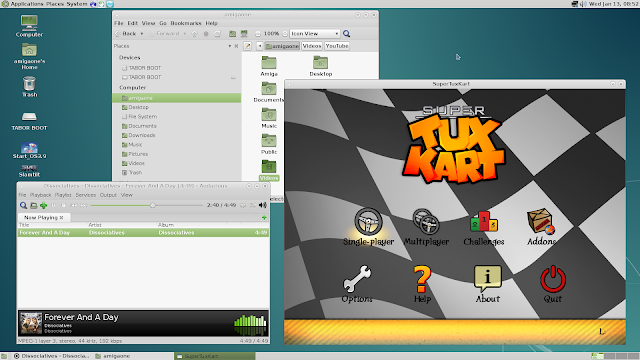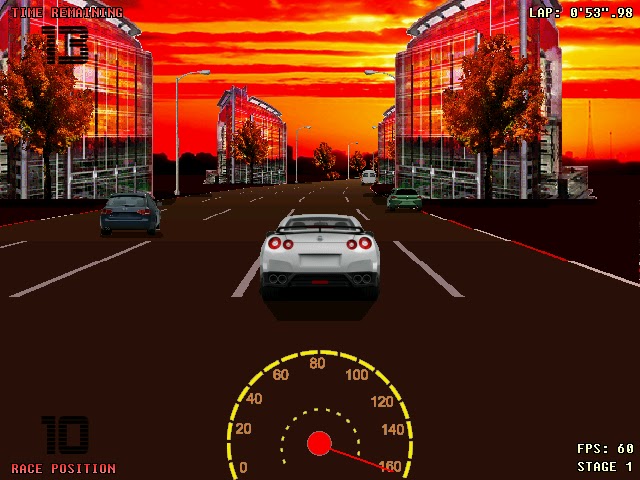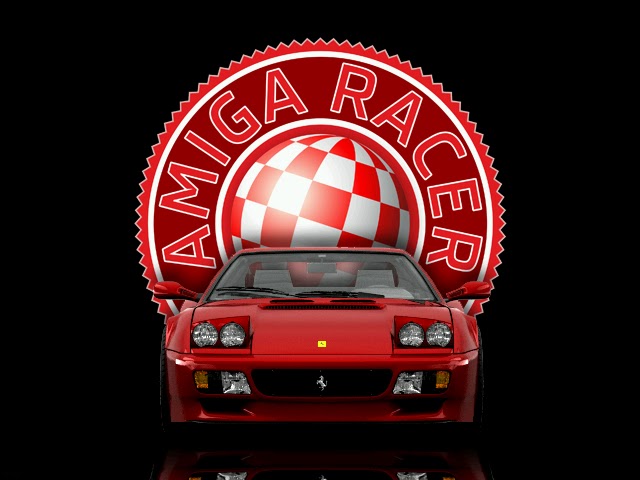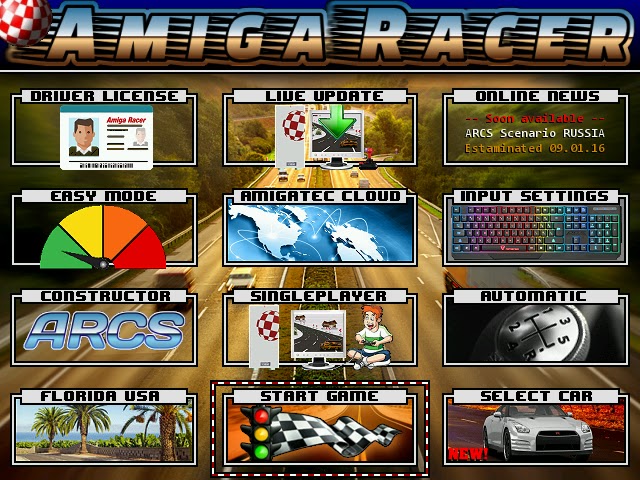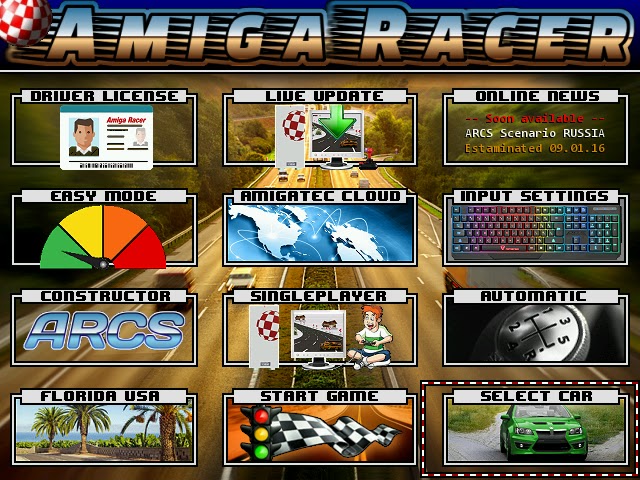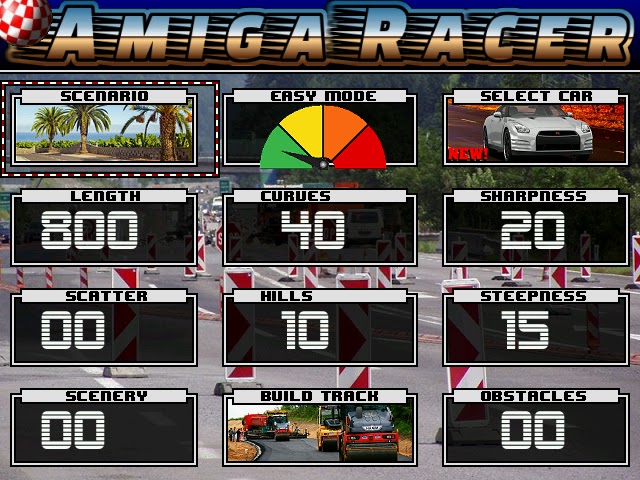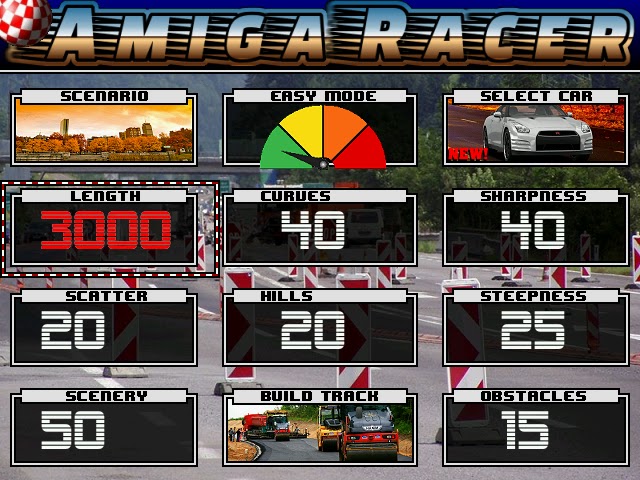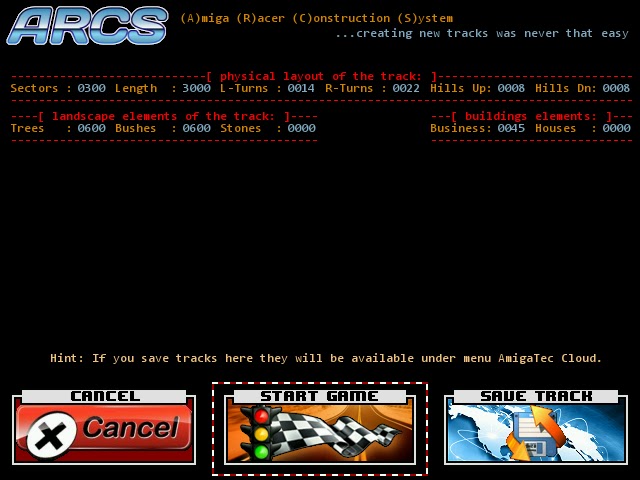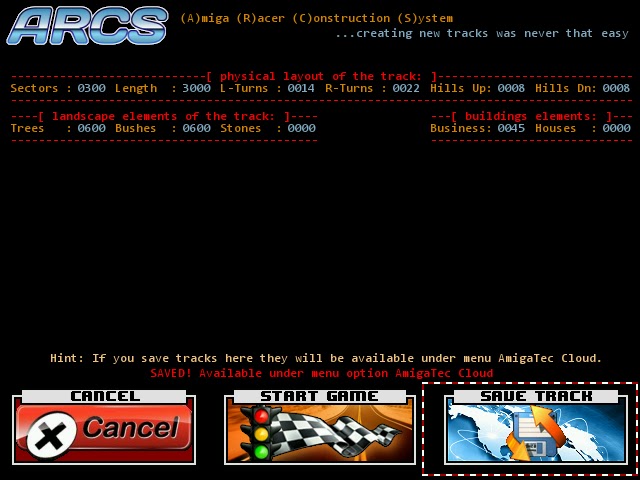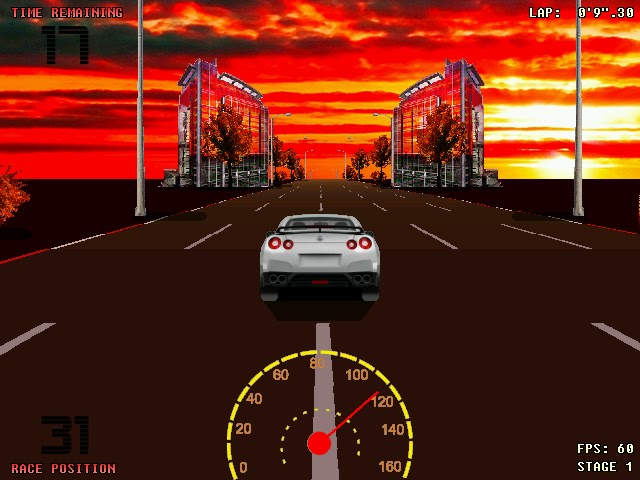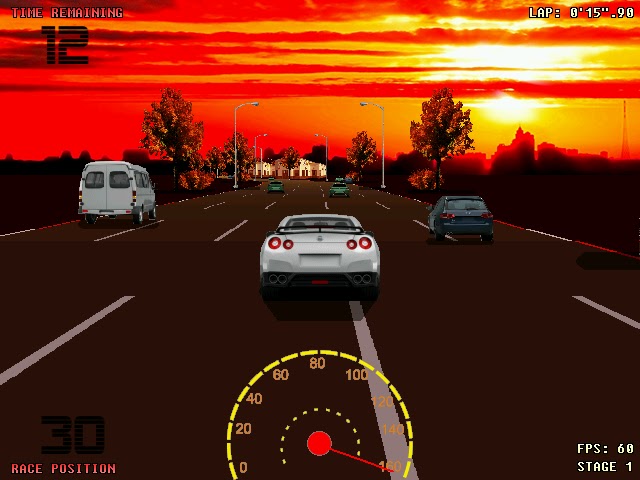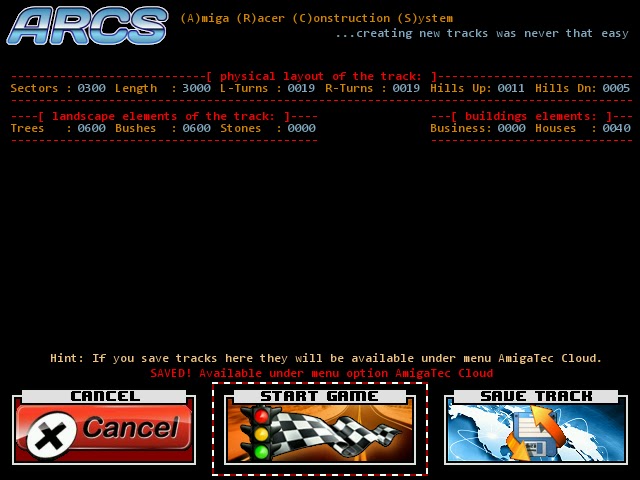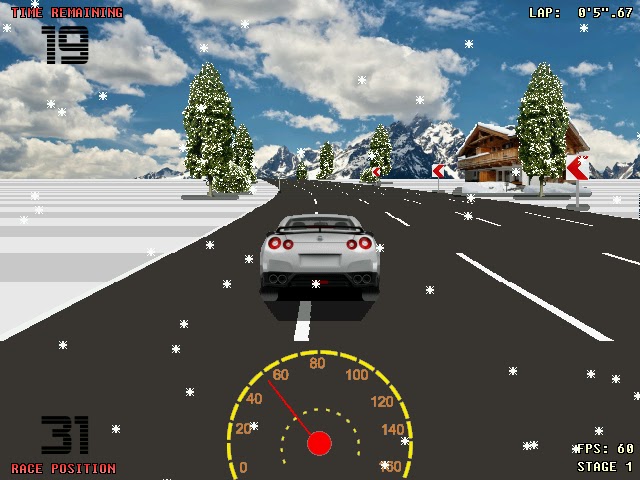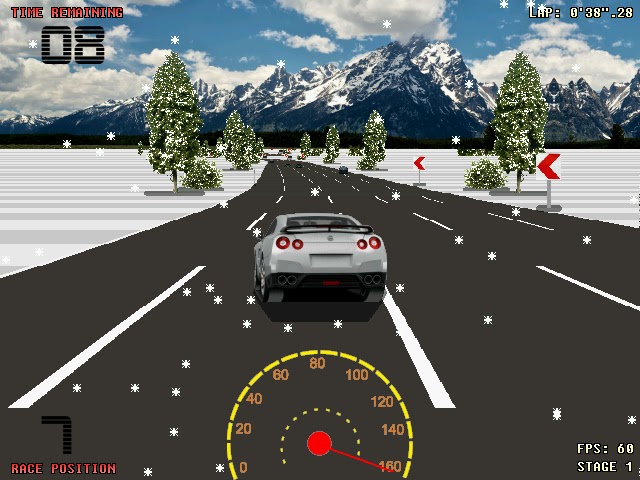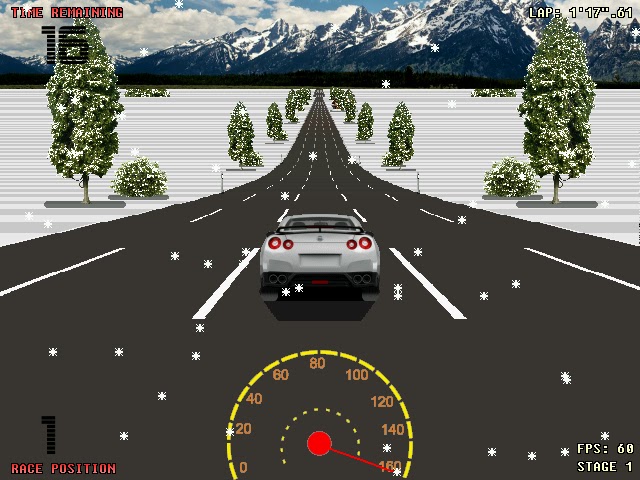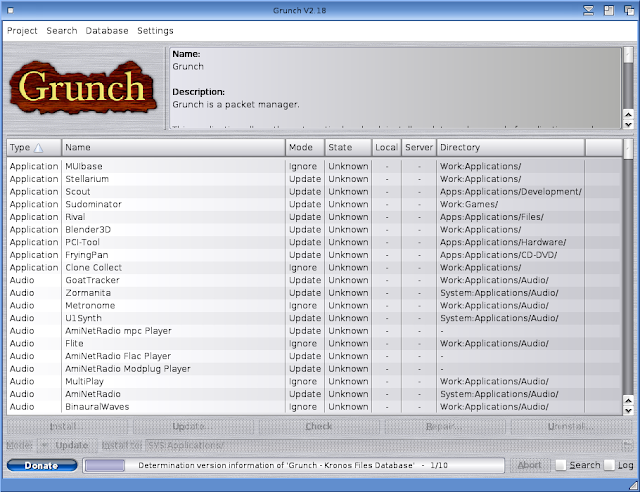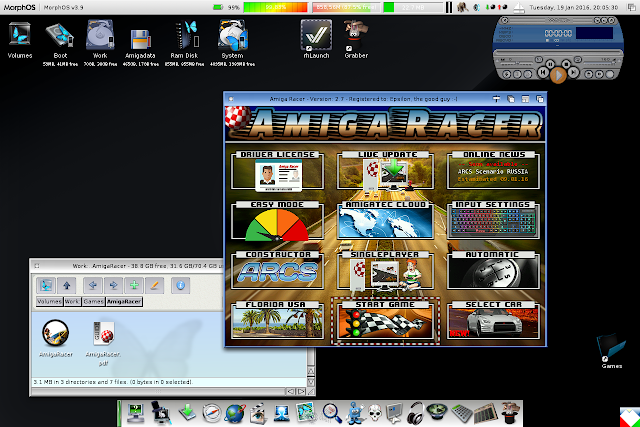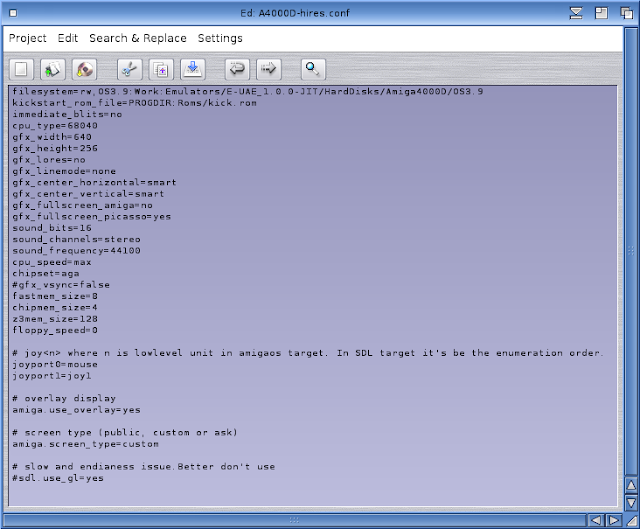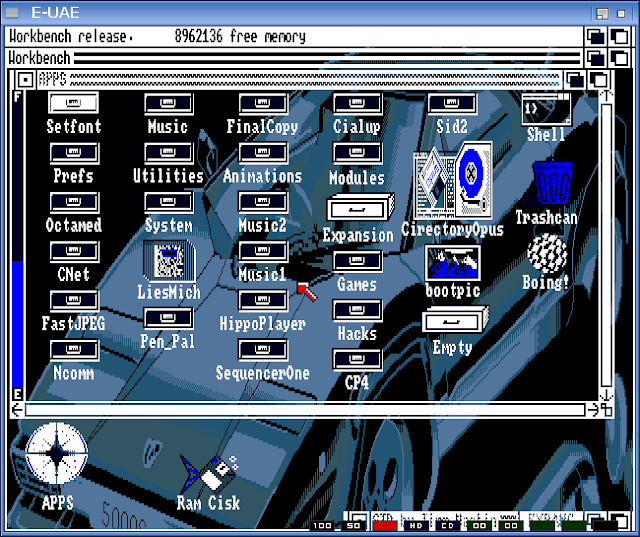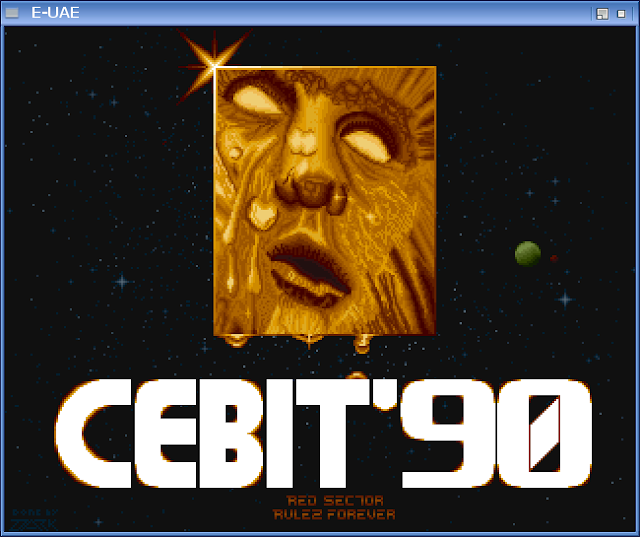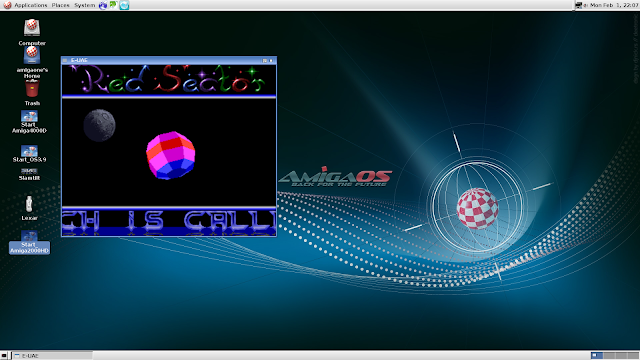2015 has been quite a year, with a lot happening in the Amiga World and this being the 30th Anniversary of the Amiga. With Xmas now upon us let us take a look back at 2015!
Operating Systems2015 saw the release of
AmigaOS 4.1 Final Edition. It was released with separate CD editions for AmigaOne X1000, Sam440ep, Sam 460, Pegasos 2, and Classic Amiga with PowerPC. The Classic Amiga version can also be run on Amiga Forever 2016, FS-UAE and WinUAE with PPC emulation.
AmigaOS 4.1 Final Edition on my Sam 460CR:
AmigaOS 4.1 Final Edition Workbench running on my AmigaOne X1000 (click any image to expand):
AmigaOS 4.1 Final Edition Classic running under emulation (Amiga Forever 2016) on a Core i7 PC under Windows 10 Pro x64:
MorphOS 3.8 and
MorphOS 3.9 versions were released in 2015, which included support for the first time for the Sam 460 system, in addition to the existing support for PowerPC Apple hardware like iBook G4 laptop, Powerbook G4 laptop, eMac G4, PowerMac G4 and PowerMac G5 systems:
MorphOS 3.8 on my Sam 460CR:
MorphOS 3.8 on my Powerbook G4 laptop:
Also exciting was the news that the next version of
MorphOS (3.10) is being written to support the upcoming AmigaOne X5000 system being released by A-EON!
Icaros 2.0.3 (AROS) was also released in 2015 for PC systems. This AROS version integrates the updated version of Directory Opus 5.91 as the default Workbench replacement instead of the previously used Zune and further improves the AmiBridge integration for running Classic Amiga software integrated with AROS.
Here is Icaros 2.0.3 running natively on my Core i7 PC:
Running Doom 3 natively under
Icaros 2.0.3:
AROS VisionRTG 2.9.8 was also released in 2015 for Classic Amiga systems expanded with a RTG compliant Graphics card and using Wanderer GUI. I still want to try this out on my Classic Amigas but haven't got to it yet with so much else happening!
(This AROS Vision Screenshot taken from AROS Vision Facebook page)
AEROS Broadway X v3.9 (AROS on Linux) has been updated in 2015 also, with public versions of v3.9 available for x86 PC and also newly ported to Raspberry Pi 1 hardware. Both can be downloaded for free from the IndieGo! App Store. (free account required)
(This AEROS Screenshot taken from AEROS Website)
On the emulation front, 2015 saw the release of
Amiga Forever 2016 for Windows, allowing the running Classic Amiga systems and PowerPC based Classic Amiga systems.
AmiKit 8 was also released in 2015, optimised for use with emulators on PC, Linux and Mac. It was released with a new AmiPUP bootable USB stick version that allows any x86 PC to boot directly into a high customised and optimised AmigaOS 3.1 installation from the USB stick, using either AmigaOS3.9 or Amiga Forever CD (amongst others) as a source for the kickstart roms on initial boot.
(screenshot taken from AmiKit website)
AmiKit 8 is also downloadable and configured from Amiga Forever 2016 directly, and the
AmiKit Real version can also be installed onto a real Classic Amiga. I bought the USB stick version of AmiKit 8 this year and definitely want to try this when I get some free time.
(screenshot taken from AmiKit website)
It has been great to see all the Next Generation Amiga operating systems release a new version in 2015!
HardwareMoving on now to hardware in 2015, the
Sam 460CR (Cost Reduced version of the Sam 460ex board) system was released by ACube Systems:
This board can run AmigaOS4.1 Final Edition and MorphOS 3.9.
The firmware for the Sam 460CR was also updated in 2015 (old and then new shown):
In other hardware news, the
AmigaOne X1000 after 3 years on sale has sold out officially in late 2015 and is sadly no longer available as a new system.
With the move from CFE firmware on the X1000 back to U-Boot firmware for the X5000 and A1222 (as used on the Sam440/460 systems too), the X1000 will most likely be the only AmigaOne system using CFE firmware! For me it remains a special machine, and one that inspired me to start this very blog back in 2012.
The
AmigaOne X5000 was announced by A-EON in 2015 as a faster replacement system for the X1000, and pre-orders expected by the end of 2015. It features a 64bit 2Ghz Dual Core PowerPC processor and plenty of other goodies!
The new system case for the X5000 was also revealed this year:
(Picture taken from A-EON's Facebook page)
At this point in mid December I am not sure if it will be available as planned in 2015 due to some delays with finalising the AmigaOS 4.1 Final Edition operating system, but if it doesn't make it, then it should be early in 2016.
The X5000 system has been showcased at a number of Amiga meetings and shows this year. AmigaOS 4.1 Final Edition is now running on the system in 2015, and the upcoming MorphOS 3.10 in beta form has been shown running on it too. Exciting system indeed!
A new entry level AmigaOne system called
AmigaOne A1222 was also announced at AmiWest 2015, with a Beta-testing program starting in 2015 to get AmigaOS 4.1 Final Edition ported to it before it goes on sale in the future.
This system uses a cheaper PowerPC 1.2Ghz processor model and stripped down motherboard to keep the price down significantly compared to the higher spec systems like the X5000 and X1000.
The A1222 performance is expected to be a little bit faster than the Sam460 system available from ACube Systems. In comparison to Classic Amiga systems it reminds me of an A1200 versus A4000T models in terms of capabilities, updated to the present day expectations of course!
Betatesters are now receiving their A1222 system in late 2015 to begin the work of porting AmigaOS 4.1 Final Edition to it. Already work is underway on the AmigaOne A1222 with Linux ported and AmigaOS 3.9 emulation via E-UAE shown running on it:
(Screenshot taken from A-EON's Facebook page)
Also announced by A-EON in 2015 is an upcoming laptop to be called
A.L.I.C.E (
ALaptop
Incorporating a
Classic
Experience). This is using an off the shelf laptop model running Linux (hidden from view) with Amiga Forever and boots straight into AmiKit running a Classic Amiga environment.
On the
Classic Amiga hardware front in 2015 we also saw the release of a number of new Accelerator cards for the Amiga 1200 by Individual Computers - Specifically 68020 and 68030 accelerators catering for the budget conscious who just want to run Whdload games, up to those that want to be able to run AGA demos and games up until the end of the 1990's.
The 020 accelerator (
ACA1221) includes an 020 clocked at 16Mhz (overclocking upgrades available up to 28Mhz), 9MB memory (unlockable upgrades to 63MB), support for optional Real Time clock module, and clock port connector for the Rapid Road USB addon.
(Image from Individual Computers website)
The new Individual Computers 68030 accelerators (
ACA1232/ACA1233) have a Full 030 with MMU, running at either 50Mhz or 55.5Mhz, with 128MB memory onboard, real time clock module port and 1MB kickstart remapping memory onboard.
(Image from Individual Computers website)
A-EON in 2015 has been working on
Prisma Megamix, a new sound mixer card for Classic Amiga computers (Zorro and Clockport) that will enable mp3's and other music files to be played back without needing the 680x0 CPU, meaning lower CPU speed Amigas can multitask playback of mp3 music when using the Workbench.
(Screenshot taken from A-EON's Facebook page)
Even though the hardware is ready in 2015, the PrismaControl software is still in development (although plenty of in development shots have been shared) like below just last month:
(Screenshot taken from A-EON's Facebook page)
Hopefully we will see this released in 2016.
Retro 7-Bit also released Rys Mark II USB to joystick/mouse port converters with built in USB stack in 2015. These devices allow normal USB mice and joysticks to be connected and used on the Classic Amiga systems with no other drivers needed.
ApplicationsOn the application front we saw a number of Applications released and updated in 2015.
Warp3D Southern Island drivers (AmigaOS 4.1 - A-EON)
These drivers were released via AMIStore in 2015, allowing Warp3D hardware support for high end ATI Radeon HD graphics cards that use the Southern Islands chipset, enabling applications and games to use Warp3D on X1000 and Sam 460 systems using select mid to high end Radeon HD cards.
This now allows AmigaOne X1000 and Sam460 owners to finally run their favourite Warp3D games without the need for an older Radeon 9250 PCI graphics card.
Alongside this driver is the updated
Radeon HD 2.10 drivers that support playback of 720p HD video using MPlayer under AmigaOS 4.1 Final Edition.
Multiviewer NG (AmigaOS 4.1 - A-EON) - Multiview replacement
MUI 4 (AmigaOS 4.1 / MorphOS / AmigaOS 3.X - muidev.de) - GUI framework
Simple Mail 0.41 (AmigaOS 3.1 / AmigaOS 4.1 / AROS / MorphOS - Sebastian Bauer / Hynek Schlawack) - Email client
![]() LoView
LoView (AmigaOS 3.1 / AmigaOS 4.1 - Simone"Tuxedo"Monsignori) - Image viewer
DOPUS 5.91 (AmigaOS 4.1 / AmigaOS 3.1 / AROS - Kas1e) - Directory & File Management
Personal Paint 68k/NG (AmigaOS 4.1 /AmigaOS 3.1 - A-EON) - Image Creator/Editor
Ignition OS4 (AmigaOS 4.1- Pic software) - Spreadsheet program
Hollywood 6Epiphany (AmigaOS 4.1 / AmigaOS 3.1 / MorphOS / AROS / Windows / MacOS X / Linux / Android - Andreas Falkenhahn) - Programming/Development environment
Hollywood is significant development software for Next Gen Amiga systems (AROS / AmigaOS / MorphOS) and many recent Amiga programs have been written in Hollywood - such as AMIStore, IndieGo! App Store, LoView, AmiCloud and plenty more besides!
Cubic IDE has an updated Hollywood 6 plugin for it, also released in 2015:
Odyssey 1.25 (AROS x86 - Deadwood) - Web Browser (supporting YouTube playback again)
Netsurf 3.3 (AmigaOS 4.1 / AmigaOS 3.1 - Chris Young OS4 port) - Web Browser
AmiCloud (AmigaOS 4.1 / AROS / MorphOS/ Windows / Mac OS X - Pascal Papara / Fabio Falcucci) - Cloud Storage / Cloud File sync & sharing client
Z-Tools Suite (AmigaOS 4.1 - zzd10h) - Suite of tools and utilities for AmigaOS 4.1
AmigaAmp 3 (AmigaOS 4.1 - Thomas Wenzel) - Multiformat Music player
Song Wrangler (AmigaOS 4.1 - Caras Ghant) - iTunes style Front end for AmigaAmp 3
SMTube 15.11 (AmigaOS 4.1 - Ricardo Villalba) - YouTube Browser/Viewer/Downloader application, updated in 2015 to support the updated YouTube website API engine changes.
We also had announcements in 2015 of acquisitions of older Classic Amiga software being bought or exclusively licensed by A-EON for future development of these applications to native AmigaOS 4.1 and MorphOS applications and updating the Classic Amiga versions too!
(Image taken from A-EON's Facebook page)
These Classic Amiga applications when updated are planned to be sold through AMIStore App Store and website for the Classic Amiga versions. This includes
Aladdin 4D, ImageFX (interestingly for MorphOS versions too), and
Octamed.
The Classic Amiga application
Final Writer was also acquired in 2015 by Terminills (Don't know his real life name sorry!), to be initially upgraded to run on AROS, with Classic Amiga, MorphOS, and AmigaOS 4.1 versions to follow.
Here is an in progress shot of the AROS
Final Writer version in 2015 (taken from an amiga.org thread):
GamesWe were spoiled for new games on Amiga this year! Like the applications above, I looked at most of these games in detail on my blog during this year.
Freedroid RPG (AmigaOS 4.1 - ported by Michael Trebilcock):
Amicraft (AmigaOS 4.1 - Caras Ghant):
Wings Battlefield (AmigaOS 4.1 / MorphOS / AROS - Cherry Darling)
Wings Battlefield introduced multi player LAN gaming functionality between MorphOS / AmigaOS 4.1 / AROS versions of the games - to my knowledge the first game to do so:
Quake II High Definition Edition (AmigaOS 4.1 Warp3D SI version - HunoPPC):
The Secret of Middle City (AmigaOS 4.1/MorphOS - GDG Entertainment):
Bubble Shooter DX (AmigaOS 4.1 - Entwickler-X):
Quartet (AmigaOS 4.1 - Photon Storm):
Fruit'Y (AmigaOS 4.1 / MorphOS - RetroGuru)
Boxx 2 (AmigaOS 3.1 - Lemming880)
Lariad (AmigaOS 4.1 - HunoPPC)
Ask Me Up XXL (AmigaOS 4.1 / MorphOS - Boing Attitude!)
Cannonball - An Enhanced Outrun Engine (AmigaOS 4.1 - Chris White / Arun Home)
Swamp Defense 2 (AmigaOS 4.1 - Entwickler-X):
Gorky 17 (AmigaOS 4.1 - Hyperion Entertainment)
We also saw some work in progress games which are looking very promising and planned for release in 2016:
Amiga Racer Work In Progress (AmigaOS4.1 / MorphOS 3.9 - AmigaTec)
Wings Remastered Work In Progress (AmigaOS4.1/MorphOS/AROS - Cinemaware)
Tower 57 (Work In Progress) is a planned new game by Pixwerk initially planned for Windows, Linux and Mac. It is similar in style to the Classic Amiga game The Chaos Engine by the Bitmap Brothers. It had a stretch goal of a port to AmigaOS 4.1, AROS, and MorphOS. It was successfully funded (including the stretch goal) via Kickstarter in 2015.
Tower 57 is planned to be released in 2016 for Next Gen Amiga platforms and looks very promising indeed, and only made possible thanks to the kickstarter pledges of many Next Gen Amiga owners this year, including me! Well done to all who did!
DemosIn 2015 we had some great demos released on the Classic Amiga, both ECS demos for the Amiga 500 and also high end AGA demos for the 68060 equipped Amigas too.
I am a huge follower of the demoscene and have been since 1988 - I still love it today. Below are some of the 2015 Amiga Demo highlights for me (Played from YouTube):
Sushi Boyz by Ghostown
(ECS - Winner, Revision 2015 Demo party)
Carbon Based by Dekadence
(AGA - Winner, Assembly 2015 Demo party)
mOmentum by Nah-Kolor
(AGA - 2nd, Revision 2015 Demo Party)
Be Kool Fool by Focus Design
(AGA - Winner, Gerp 2015 Demo Party)
Last Train To Danzig by Ghostown and Haujobb
(AGA - Winner, RetroKomp / Load Error 2015 Demo Party)
Master Control Program by Desire
(AGA - Assembly 2015 Demo Party)
Amiga30This year being the
30th anniversary of the Amiga, the various shows around the world to celebrate the milestone were fantastic events.
Many of these events were attended by many of the original developers of the Amiga all those years ago, who told everyone present many stories about the Amiga.
Here is some of the promotional posters for the bigger Amiga30 shows held worldwide in 2015:
The photos below in this Amiga30 section are of the Amiga30 show held in California, USA in July 2015, and are reproduced with kind permission from Mike Brantley. Cheers mate.
The show was streamed live to the internet, using an Amiga 2000 helping out with video toaster and other hardware for the outbound internet video feed! :-)
Original Amiga developers Dave Needle and RJ Mical on stage:
The Exhibition Hall show floor:
The NG Amiga systems and vendors like A-EON were also present at these shows and could demonstrate to all present that the Amiga is still alive and kicking in 2015, with plenty of fun to be had still on our favourite platform!
Thanks Trevor Dickinson - you really do keep this Amiga party going in 2015.
There was a Q&A forum at the show as part of the evening Banquet allowing people to ask questions of the original developers of the Amiga:
And of course what is a 30th celebration without cake:
The original very fragile development Amiga hardware was also present at the show:
The celebration at the Amiga30 show in California ended with a display set up by attendees of every Amiga system ever made - from genesis, all the Classic Amiga systems, and all the way through to the latest Next Gen Amiga systems in 2015 like the Sam 460, AmigaOne X1000, X5000 and even the upcoming AmigaOne A1222!
Unfortunately I was not able to attend the overseas Amiga30 celebrations this year due to work and other commitments, but I did attend a local Amiga 30 celebration event here in Adelaide in 2015 to mark the occasion and show many of the original Classic Amiga and Next Gen Amiga systems too!
The special Amiga30 shows in California, Amsterdam, Germany, UK and elsewhere in the world were truly amazing events! I hope most of you made your way to at least one of them during 2015.
Whew! It has certainly been a busy and another great year on the Amiga in 2015 - I am looking forward to even more developments in 2016!
With so much happening I probably missed a few things that happened - I apologise in advance if I missed something!
On this blog in 2015, the most popular blog posts written this year (for those curious) were the AmigaOS 4.1 Final Edition
Part 1&
Part 2 install guide on the X1000, and also the
AmigaOS 4.1 Final Edition Classic install guide on FS-UAE on MacOS X.
To you the reader, thank you very much for following my blog in 2015. I sincerely hope you have enjoyed it.
As usual I will be spending time with family and on holiday over the Xmas/New Year period and the blog will take a break during that time. I plan to be back again in mid January 2016.
In the meantime I wish you and your family a very Merry Xmas and a Happy New Year. See you again in 2016!
